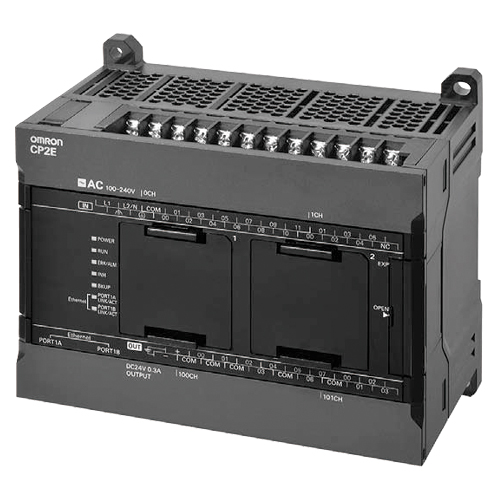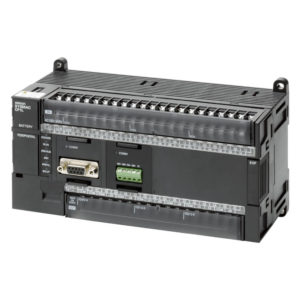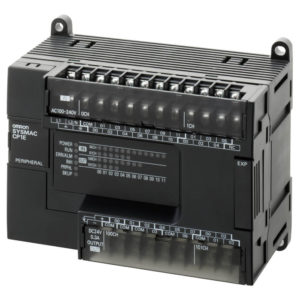Description
Pros:
-
Compact Design
Q: Why is the compact design beneficial?
A: The CP2E N60DR A is known for its small footprint, making it ideal for applications where space is limited. Its compact size allows for easy installation in tight control cabinets or systems with minimal space. -
High-Performance Processing
Q: How does the processing power benefit users?
A: The controller provides fast processing with an efficient microprocessor, making it capable of handling demanding control tasks. This results in better system performance and response times. -
Versatility in Inputs and Outputs
Q: Does it support various types of I/O?
A: Yes, it supports a wide range of digital and analog inputs and outputs. This flexibility allows it to be used in a variety of applications, from simple to more complex automation systems. -
Ease of Programming
Q: How user-friendly is the programming environment?
A: It’s compatible with Omron’s CX-Programmer software, which is widely used and easy to learn. This makes programming and troubleshooting straightforward, even for users with less experience. -
Integrated Communication
Q: Does it support network communication?
A: Yes, it offers built-in communication options such as Modbus, Ethernet/IP, and others. This allows for integration with other devices and systems, improving system connectivity and data exchange. -
Energy-Efficient
Q: Is the CP2E N60DR A energy-efficient?
A: Yes, the controller is designed to be energy-efficient, which helps reduce operating costs in long-term use.
Cons:
-
Limited Expansion Options
Q: What’s a downside in terms of expandability?
A: While the CP2E N60DR A is compact and versatile, it has fewer expansion slots compared to larger models. This can be limiting if you need to scale up the system with a large number of additional I/O modules or specialized units. -
Limited Advanced Features
Q: Does it support very advanced control techniques?
A: The CP2E N60DR A is ideal for smaller-scale automation tasks. However, it may not support some of the more advanced control algorithms or features that higher-end PLCs (like the Omron CJ2 or NX series) provide. -
No Built-In Display
Q: Is there a display option for monitoring and debugging?
A: Unfortunately, the CP2E N60DR A lacks a built-in display, which means you’ll need external devices (e.g., HMI or PC) to monitor processes and troubleshoot. This might be an inconvenience in some applications. -
Limited Memory for Large Programs
Q: How does memory impact its performance?
A: The memory capacity is adequate for most basic control systems, but for larger, more complex applications requiring extensive memory for program storage, the CP2E N60DR A may not be sufficient. -
Modular Limitations
Q: Can it handle large or highly modular systems?
A: It’s less suited for large-scale modular systems compared to more advanced PLC models. The modularity is more limited in terms of the number of slots and types of modules available. -
Relatively High Initial Cost for Small Applications
Q: Is it cost-effective for smaller projects?
A: While it’s a solid investment for medium-sized applications, the CP2E N60DR A might be overkill (and a bit pricier) for very small or simple tasks where a more basic controller might suffice.
Conclusion:
The CP2E N60DR A is an excellent choice for applications requiring compactness, reliability, and versatility in smaller automation systems. It’s well-suited for users needing a balance between performance and cost, but might not be the best choice for larger or more complex systems due to its expansion and memory limitations.




Reviews
There are no reviews yet.